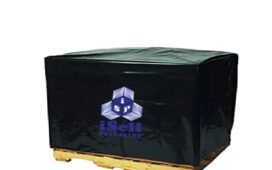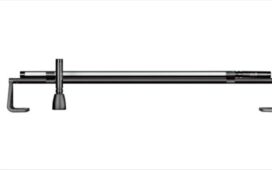Those who are unfamiliar with the acid etching process might have images of boiling acid baths and metals being melted and damaged by some highly caustic chemicals. This makes for good effects in a Hollywood horror film but is far from the reality of what this process really entails.
To start with, acid etching, also known as chemical etching, is a highly precise process of machining metals to produce parts that fit tight tolerances and meet the specific needs for their manufactured products. The process is also a cost-effective way to design prototypes and give stainless steel parts the ability to adapt in a changing marketplace.
The first piece of misinformation to overcome is the name, acid etching. Acid as a term by itself is misleading. Some acids as a single etchant may cause problems that can lead to lost precision in the machining of parts because of burrs, heat damage or deformation. While acids are a part of the etching formula, a company with experience in this process will understand the variety of chemicals available and which formulas interact best with the metals used. Successful pairings of etching chemical compounds with the right metals for each part will ensure that there is no pitting or other costly damage.
This etching process also eliminates the mechanical stress on a part that would be a consequence of harsher machining methods, like metal stamping, punching or die cutting. Again, having a company that is knowledgeable about the process will guarantee that the etching process is done precisely. It also allows for the customer to choose the best metal to meet their manufacturing needs without concern over how that metal will fare during the etching process. And the precision of chemical etching can bring additional benefits to a manufacturer, like the ability to make part identification a part of the etching process.
Stainless steel is a desirable material for machining in a variety of applications. The process of etching stainless steel makes it a highly versatile way to manufacture a huge array of different parts, from the precision of optical apertures and military or aerospace electronics, to battery springs. Its corrosion resistance and ability to be easily steam-cleaned and sterilized make this material an increasingly important manufacturing material.
Whether a company is in initial design stages, developing a prototype, or deep in the manufacturing process, chemical etching is a machining solution that is flexible and cost-effective. Manufacturers can easily make design changes at any stage of the process, with less time and money investment than other machining processes might require.






